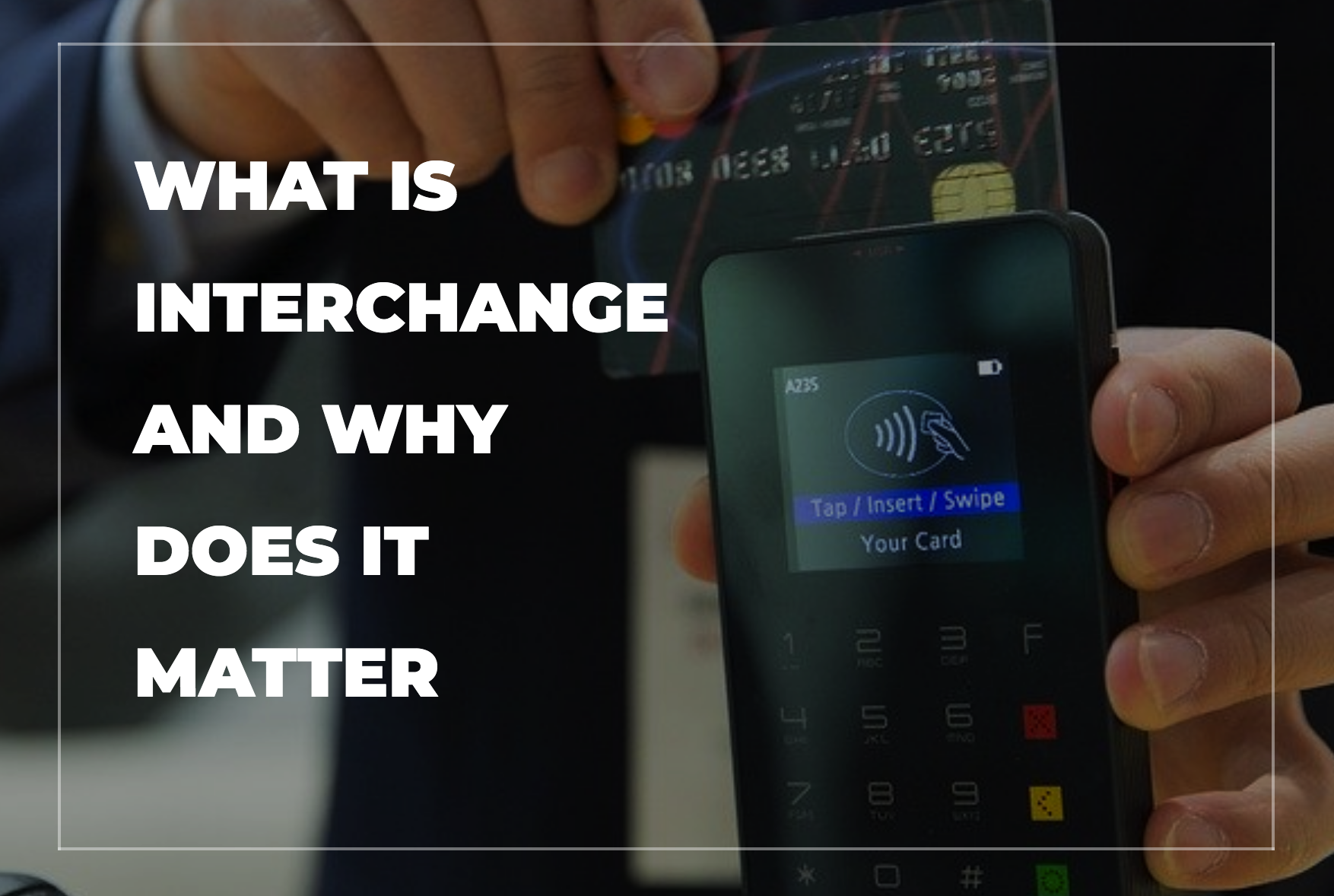The term “interchange” has always been somewhat of a mystery for many novice merchants and business owners. You may recall seeing this type of charge but it is also common for card associations such as Visa and MasterCard to assess interchange in combination with other fees and costs related to their payment networks. Here’s what you need to know about interchange.
The Definition
Let’s say you use a credit card to buy a $120 pair of shoes at a shoe store. When the purchase goes through, the bank that issued your credit card funds $120 to the shoe store. At the same time, the shoe store pays the issuing bank an interchange fee for this service.
The interchange fee covers the costs of converting a charge on your credit card to a cash deposit at the shoe store. The fee includes billing services, fraud risk, credit risk, and float.
Why Interchange Matters
The main reason interchange matters is that it helps drive the development of the payment system. Thanks to interchange fees, issuing banks have a financial motivation to issue more cards to cardholders. The more cardholders there are in the system, the more merchants benefit from accepting debit and credit cards.
Interchange also expands the market by increasing the number of merchants. Thanks to being able to tailor their interchange programs, merchants can find the best fit for their business.
Interchange Costs
Interchange costs for each transaction depend on the type of card, the transaction size, the merchant’s industry, and other factors. Here are some examples of factors that affect interchange costs.
-
Rewards cards have higher interchange to fund the reward programs.
-
Merchants with smaller ticket sizes can reduce their costs by qualifying for interchange rates with lower transaction fees.
-
E-commerce and manually entered transactions have higher interchange due to greater risks of fraudulence.
-
Debit cards have lower interchange than credit cards since they come with lower credit risk.
-
Commercial cards have higher interchange to fund purchasing and corporate card programs.
Lowering the Costs
Thanks to card acceptance practices, merchants can help their business by obtaining the lowest possible interchange rates. Here are some common tips:
-
Obtain a valid authorization for every transaction.
-
Whenever a card is present, swipe it.
-
Enter the tax amount and invoice number whenever prompted.
-
Batch out your point-of-sale software every day to avoid higher interchange rates.
-
If you need to enter a transaction manually, use the Address Verification Service to verify the cardholder’s address.
-
Hotels should enter the folio numbers and check-in/check-out dates.
-
Restaurants should enter tip adjustments before the batch is settled.
To learn more about interchange cost or to schedule a free processing review, please get in touch with our office today!

